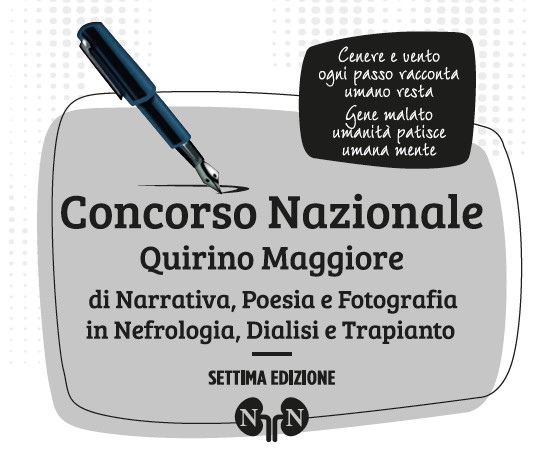Most read articles by the same author(s)
- Decenzio Bonucchi, Francesca Facchini, Gianni Cappelli, Monica Spina, Antonio Granata, Andrea Bandera, Marcello Napoli, Dialysis Vascular Access and Lean Management , Giornale di Clinica Nefrologica e Dialisi: Vol. 25 No. 3 (2013): July-September 2013
- Decenzio Bonucchi, Emiliana Ferramosca, Silvia Ganci, Process analysis applied to vascular accesses for hemodialysis , Giornale di Clinica Nefrologica e Dialisi: Vol. 14 No. Suppl. 3 (2002)
- Decenzio Bonucchi, Grazia Portale, Dialysis network during Covid-19 Pandemic: structural prospectives , Giornale di Clinica Nefrologica e Dialisi: Vol. 34 No. 1 (2022): January-December 2022











